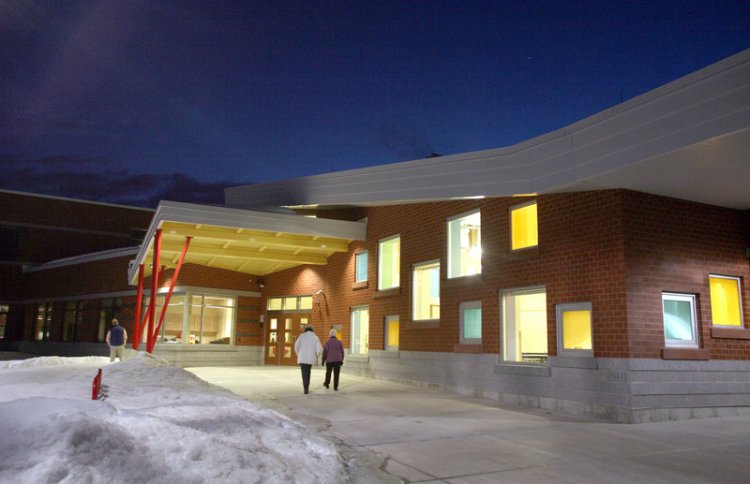Portland school board members on Tuesday night considered a plan to reconfigure the district’s eight mainland elementary schools, questioning how the proposal would affect students, transportation needs and teachers.
The reconfiguration, which calls for four primary schools for students in pre-K through second grade and four intermediate schools serving grades 3-5, is among options Portland Public Schools is looking at as a potential cost-savings measure in anticipation of a $6.4 million budget shortfall.
“I’m not pretending this is the best thing we’ve ever done because that’s not how this was conceived,” Superintendent Xavier Botana told the board. “Like everything we do, it has pros and cons.”
The reconfiguration, first looked at as part of an enrollment and facilities study done last year, could help even out the demographics of the schools and make it easier for teachers at the same grade levels to engage in uniform professional development, he said.
But it also would mean a transition for students, and has led to questions about changes to school identities and the specific programs that exist at each school.
No public comment on the proposal was taken Tuesday night, and board Chairman Roberto Rodriguez said there will be opportunities for the public to weigh in throughout the budget process, including at public hearings before the board’s finance committee and eventually the full board.
Still, some people expressed their disapproval of the proposal with signs at Tuesday’s meeting that said things like, “Don’t Cut Teachers,” and that advocated for the world languages program, which is on a list of other areas that could be looked to for budget cuts.
“I have multiple concerns with this proposal for reconfiguring the schools,” said Karina Magee, whose daughter is a fourth-grader at Lyseth Elementary School. “I think it will be burdensome to parents, especially parents who have children across grade levels, to send their children to different schools and stay engaged in the same way they might be engaging currently.”
She said the city should look at finding other ways to make up for the budget shortfall, such as higher taxes for developers, rather than putting the burden on the school district.
The district estimates that the reconfiguration would generate $660,000 to $780,000 in savings through the elimination of either 11 or 13 classrooms, depending on how the plan is executed.
Board members on Tuesday questioned whether there will be new transportation costs associated with the plan, and what the impact would be on school-specific programs, like the Spanish immersion program at Lyseth.
While details are still being worked out, Botana said the changes would generate a “net neutral cost” for transportation, though some individual students might see changes to the routes or amount of time they’re on the bus.
If teachers are eliminated, it would ideally be done through attrition or departures. If not, the district would follow a process laid out in its contract with teachers, he said.
The district is projecting a 2020-21 budget of $123 million, an increase of $5.4 million, or just under 5 percent, more than the current budget.
That includes $4 million in estimated and contractual salary increases, $700,000 in debt service increases, the addition of two pre-K classrooms at a cost of $300,000, and $500,000 in estimated inflation increases for non-salary items.
In addition, the district predicts it will receive about $1 million less in state funding.
If no action is taken on the elementary school reconfiguration or other cuts, the projected budget would translate to a 3 percent tax increase from the school district, not accounting for the city budget, Botana said.
Last year a Facilities and Enrollment Commission conducted a study that looked at the long-term trends of declining state revenue and increasing costs and that impact on facilities.
The commission stopped short of recommending a school reconfiguration after public opposition to a proposal that would have combined Portland and Deering high schools, created one 7-9 middle school and included other changes for lower grades.
The district’s middle schools currently have the lowest space utilization and highest cost per student, though in December principals from the three middle schools and the superintendent stressed the importance of the way the middle schools are currently organized.
The elementary school reconfiguration is one option the board is looking at while also considering cost reduction options in areas including world languages, athletics and a central office relocation.
“I hope folks will take a look at all the different options we may be forced to consider,” board member Tim Atkinson said. “This is just one of those options we might consider as we look at the budget for next year.”
Send questions/comments to the editors.




Comments are no longer available on this story